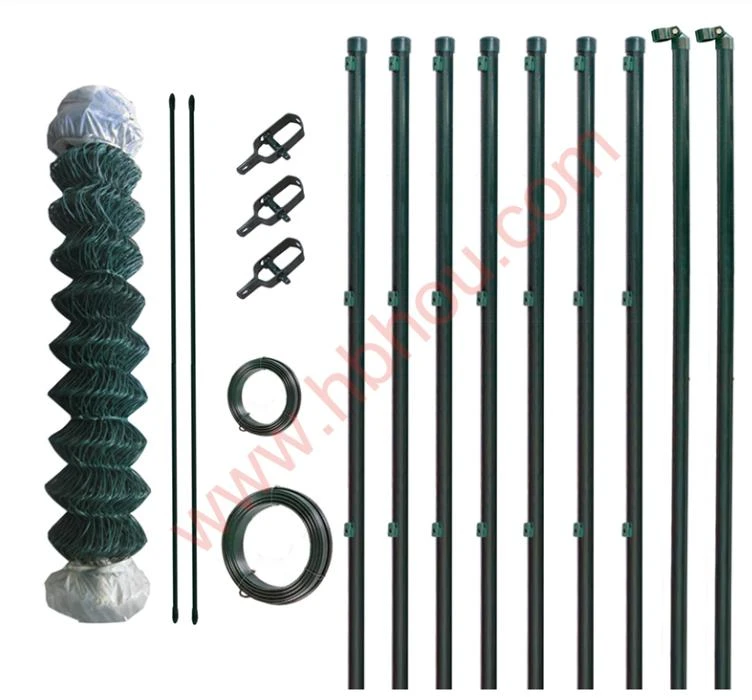Understanding Machine Round Timber A Comprehensive Overview
Machine round timber, also known as machine-rounded logs or machine-processed timber, has steadily gained popularity in various construction and landscaping applications. This engineered wood product is created by transforming raw logs into uniform, rounded shapes using advanced machinery, ensuring durability, aesthetics, and versatility for a multitude of uses.
What is Machine Round Timber?
Machine round timber is produced by taking natural logs and subjecting them to a series of precision cutting processes that round their edges. Unlike traditional timber, which retains the irregular shapes and sizes found in nature, machine round timber is designed to have a consistent diameter and smooth surface, making it much easier to work with. The manufacturing process often involves removing the bark, trimming the logs to specific lengths, and shaping them to achieve a desired diameter.
Applications of Machine Round Timber
1. Construction One of the most significant applications of machine round timber is in construction. It is used for framing structures, building log cabins, and creating outdoor structures such as gazebos and pergolas. The uniformity and stability of machine round timber make it an ideal choice for these applications, as it provides strength and aesthetic appeal without the irregularities found in traditional logs.
2. Landscaping In landscaping, machine round timber is frequently utilized for creating garden beds, retaining walls, and decorative elements like arches and pathways. Its consistent shape allows for easy stacking, and its smooth finish enhances the visual appeal of outdoor spaces. Plus, it can be treated to resist weather and pests, prolonging its lifespan.
3. Furniture Production The furniture industry also benefits from machine round timber. Its uniform shape makes it easier to cut and manipulate for various furniture designs, from rustic tables and chairs to more contemporary styles. Craftsmen appreciate the blend of natural aesthetics and mechanical precision that machine round timber provides.
machined round timber

Advantages of Machine Round Timber
1. Precision and Consistency The primary advantage of machine round timber is its precision. The machinery used to process the logs ensures that each piece has a consistent diameter and surface finish. This is particularly important for construction and furniture making, where uniformity is crucial for assembly and stability.
2. Enhanced Durability Machine round timber is often treated during the manufacturing process to improve its resistance to rot, insects, and environmental factors. This treatment allows the timber to last longer, making it a cost-effective option for builders and homeowners alike.
3. Eco-friendly Option With increasing awareness about sustainable practices, machine round timber often comes from responsibly managed forests. By using modern milling techniques, waste is minimized, and many manufacturers are committed to reforestation efforts, making this an environmentally friendly choice.
Challenges and Considerations
While machine round timber offers numerous benefits, it is essential to consider its sourcing and treatment. Not all machine round timber is produced equally; some may come from unsustainable forests or involve harmful chemicals in the treatment processes. It is vital for consumers to seek certifications, such as the Forest Stewardship Council (FSC) label, to ensure they are making environmentally responsible choices.
Conclusion
Machine round timber stands as a testament to how traditional materials can be enhanced through modern technology. Its applications across construction, landscaping, and furniture industries highlight its versatility and appeal. As the demand for sustainable and durable building materials continues to rise, machine round timber is poised to play an increasingly substantial role in our built environment. By choosing responsibly sourced options, consumers can enjoy the benefits of this practical material while supporting sustainable forestry practices.
















